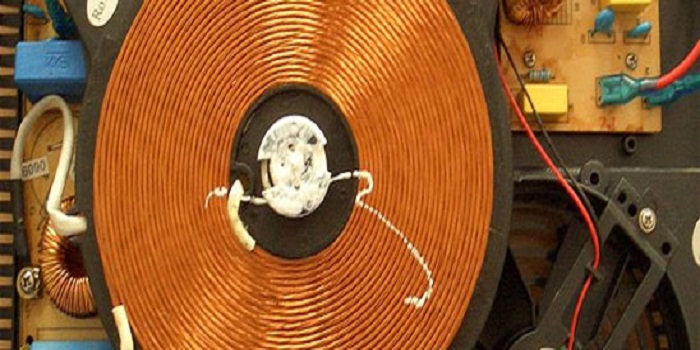In the twentieth century alone, inventors introduced two brand new forms of cooking. One, the microwave, utilizes high-vitality radio waves to warm food rapidly and productively in a small amount of the time you require with an ordinary stove.
The other, induction cooking, utilizes electromagnetism to transform cooking container into cookers (making heat vitality inside the dish itself, rather than firing it in from outside), which cooks food rapidly and securely with less vitality. Everybody thinks about microwaves nowadays, however, induction cookers are substantially less surely knew.
Let’s explore what they actually are, and how an Induction Cooktop Works with the experts of Appliance repair in NY – Appliance Repair Medic.
What is induction?
Before you can comprehend induction cooking, you have to comprehend induction. And the principal thing you have to know is that “induction ” is an abbreviated method for saying “electromagnetic acceptance.”
Electromagnetic induction means the creation of an electric flow over an electric transmitter, caused by a changing magnetic field. Electricity and magnetism are not two incoherent things; they are two substances starting from the equivalent fundamental phenomenon – electromagnetism.
Because of this, an adjustment in a magnetic field prompts the generation of electric flow; comparably, an adjustment in the electric field over a conductor produces a magnetic field.
The last is the working rule behind induction cooktops, which is basically all you have to know to comprehend the working of induction cooktops.
What is an Induction cooktop
An induction cooktop is basically an electromagnet you can cook with. Inside the glass cooktop, you will find an electronically controlled coil of metal. When you turn on the power, you make a present move through the coil and it delivers a magnetic field surrounding it and (in particular) specifically above it.
Presently a simple direct electric flow (one that is continually streaming a similar way) creates a steady magnetic field: one of the laws of electromagnetism is that fluctuating magnetism is delivered just by an always showing signs of change electric flow.
So you need to utilize an alternative current (one that continues turning around heading) to make a fluctuating magnetic field that will, in a roundabout way, deliver heat. And that’s all that an induction hob does: it creates a continually varying magnetic field. It doesn’t produce heat specifically.
You can put your hand over it and you won’t feel a thing. (Cautioning: Don’t ever put your hand on a cooktop that has as of late been utilized for cooking since it might have turned out to be dangerously hot from the cooking container that has been remaining over it.)In case you find that you need to get Wolf Cooktop Repair, consult the professionals.
When you stand an appropriate cooking pan over an induction cooktop that is powered up, the magnetic field created by the cooktop infiltrates the metal of the container. So we have a fluctuating magnetic field moving around inside a bit of metal (the base and sides of the container) — and that makes an electric flow course through the pan as well (that is all that induction means).
Appliance Repair Medic can fix cookpot of below brands
Well, this isn’t exactly equivalent to the electric flow that moves through a wire, carrying electrical energy in a straight line from a battery to a flashlight bulb. It’s a sort of spinning, twirling electric flow with loads of energy however no place to go; we consider it a swirling current. As it whirls around inside the metal’s crystalline structure, it scatters its energy.
So the metal skillet gets hot and heats up whatever food is inside it, first by conduction (it passes its warmth vitality straightforwardly to the nourishment) yet additionally by convection (liquid food rises and falls in the container carrying heat with it).
Final Words
According to the experts of Appliance repair in NY – Appliance Repair Medic using an induction cooktop is a great option, but only if you take care of electrical efficiency, better cooking control, quick heating, and higher levels of protection.


